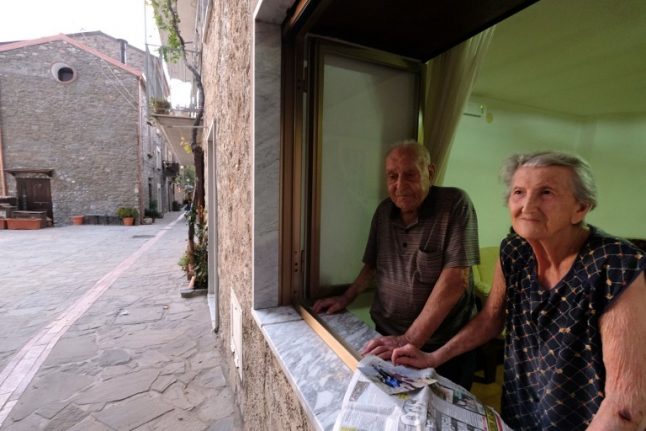“A 65 year old today has the physical and cognitive capacity of a 40 to 45 year old 30 years ago. And a 75 year old has that of a 55 year old in 1980,” said Niccolò Marchionni, a professor of gerontology at the University of Florence.
Speaking at the national congress of the Italian Society of Gerontology and Geriatrics in Rome on Friday, he announced that the association would bring its definition of 'elderly' in line with Italy's lengthening life spans.
READ ALSO: People in Liguria live longer than any other region in Europe
Scientists consider people elderly who can expect to live another ten years on average. By that measure, old age would have started in the early 50s for Italians born at the start of the 20th century. But since then life expectancy has increased by around 20 years, to 85 years for women and 80.6 for men.
What's more, Italians aren't just living longer, they're also staying healthier longer. Nine out of ten Italian seniors are in good health, according to research cited at the congress, one in three do physical exercise and eight out of ten say that they're satisfied with their lives.
READ ALSO: Cheese, wine and family: the Italian way to live beyond 100

Photo: Jean Bajean/Flickr – CC BY-SA 2.5
At the same time Italians remain active members of society well into what was once considered old age: nearly half of Italy's 75 to 84 year olds retain their independence, the same research said, while six in ten regularly look after their grandchildren, more than half of them full-time basis. Nearly eight out of ten see their relatives regularly, and more than four in ten meet up with friends at least once a week.
“Compared to other countries [senior] Italians dedicate more time to family and social relations, and they're a pillar of society,” said geriatrician Roberto Bernabei, president of the Health Ministry's Italia Longeva gerontology network.
READ ALSO: This is what Italy's population will look like in 50 years
Italy has one of the oldest populations in the world, both in terms of years lived and the number of people aged 65 and over. As birth rates plummet and life expectancy climbs, more than a fifth – 22.6 percent – of Italy's 60.5 million residents are over 65, according to national statistics office Istat, and 7 percent are over 80.
But we need to think of that segment of the population as younger than it used to be, points out gerontologist Marchionni.
“After all the reality is there for all to see: someone who is 65 in this day and age can no longer really be considered 'old',” he said.
READ ALSO: What does a plummeting birth rate mean for Italy's future?

Photo: Gabriel Bouys/AFP



 Please whitelist us to continue reading.
Please whitelist us to continue reading.